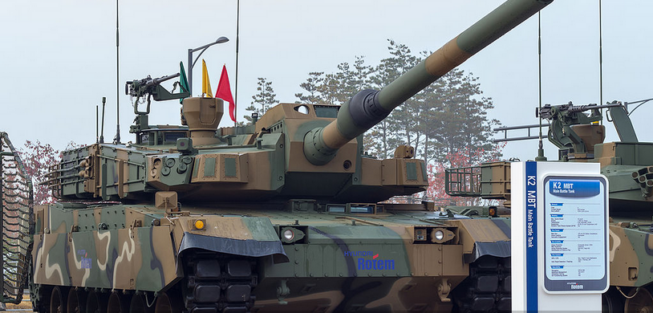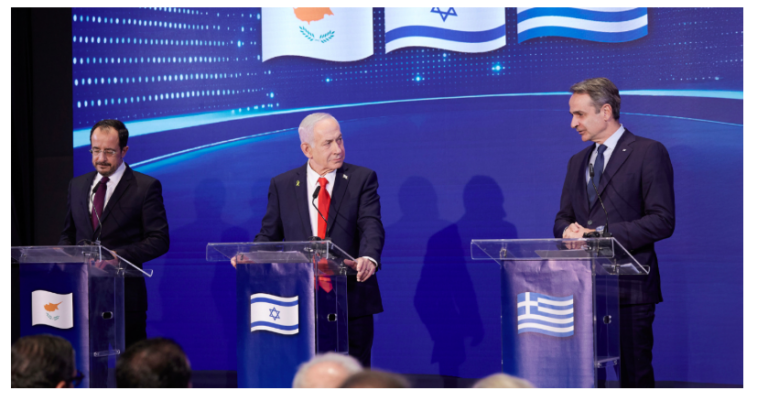The international arms trade has largely flowed West to East, with North American and European countries accounting for a whopping 87% of weapons exports from 2017 to 2021.
This year South Korea has shown it’s ready to change that.
Poland agreed this summer to purchase tanks, self-propelled howitzers and light attack planes from South Korea in deals worth $8.8 billion. The two countries topped it off last week with a $3.6 billion agreement for rocket launchers. It’s the first time that a NATO member other than Turkey has turned to defense contractors outside the alliance for major weapons systems.
South Korea has quietly become a favorite of arms buyers around the world, in the culmination of a decades-long effort to protect itself from North Korea by building an indigenous arms industry with economies of scale gained from big export sales. Among international weapons suppliers, the country climbed from 31st place in 2000 to become No. 8 in the period from 2017 to 2021, according to the Stockholm International Peace Research Institute (SIPRI). So far this year, it’s inked $17 billion in export contracts, up from a previous record of $7 billion in 2021, which was the first year South Korea’s export deals topped imports.
President Yoon Suk-yeol, who took office in May, set the goal last month of becoming one of the top four weapons sellers in the world. With Russia’s unprovoked invasion of Ukraine combined with China pushing its territorial claims in the South China Sea and continuing conflicts in the Middle East, South Korea will have every opportunity.
Canadian PM Trudeau to take part in drag queen show (video)
“It’s a gold rush period for arms producers,” SIPRI’s Siemon Wezeman tells Forbes. “The Koreans definitely are at the right time with the right technology.”
As European countries hike defense spending to counter the Russian threat and replace weapons they’ve sent to Ukraine, U.S. officials fret that American arms makers won’t be able to meet the demand due to supply chain snags and labor shortages. South Korean weapons makers stand ready to fill the gap with systems designed for joint operations with U.S. forces, making them easy to integrate with NATO.
Read more: Forbes
Ask me anything
Explore related questions





